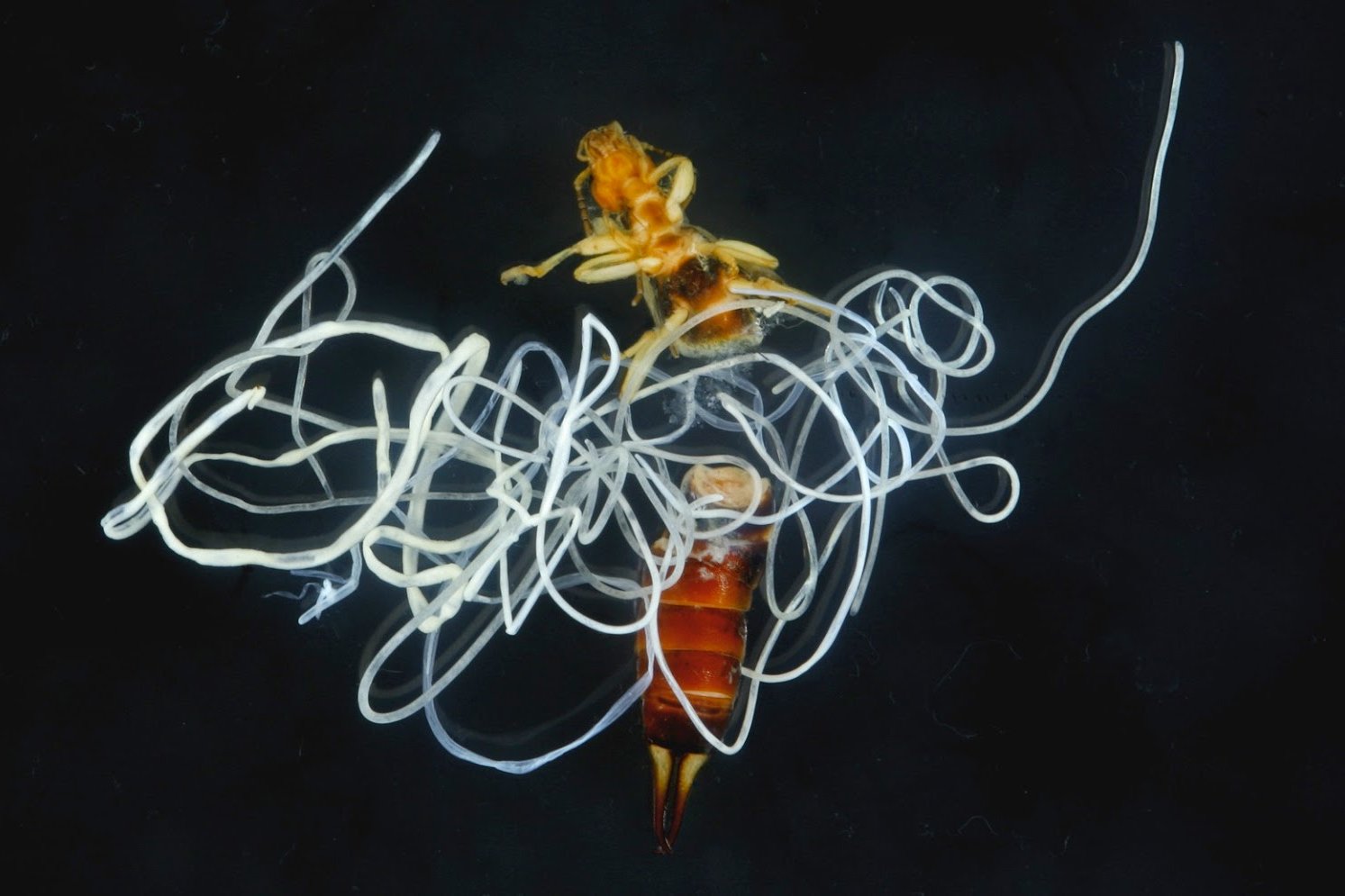MI weekly selection #353

New image offers closer view of interstellar object
Astronomers used the W.M. Keck Observatory’s Low-Resolution Imaging Spectrometer to take a new image of 2I/Borisov, the second interstellar object ever observed passing through our solar system. The image shows the coma of the interstellar comet, which will pass by the sun early next month and Earth not long after that.
New way to study evolution of same-sex behavior in animals offered
A paper published in Nature Ecology & Evolution is questioning the practice of using a human heterosexual baseline to study the evolution of same-sex behavior in animals. “It’s important for us as scientists to recognize that while we’d love to think about what we do as objective, it might be really framed by our culture and context,” says study author Julia Monk.
Brain maps are present at birth
Somatotopic organization, or mapping specific neurons in the brain to input from specific parts of the body, is present in monkeys as young as 11 days old. Researchers used functional MRI to study somatotopic organization in monkeys and found clear signs of organization, suggesting that somatotopic maps are present at birth, but they are not necessarily static.
New metallic material holds promise for soft robotics
Researchers have developed a lightweight, foldable, stretchable and flexible metallic material that folds like origami and could mark a big step forward for soft robotics. The electrically conductive product is made with elaborately folded paper that’s soaked in graphene oxide, dipped into a solution of platinum ions and then burned at high temperatures in argon gas and air before it’s stabilized with an elastomer solution.
Parasite forces earwigs, sandhoppers to drown themselves
Parasitic mermithid worms take control of earwigs and sandhoppers, manipulating them to find water and drown themselves so the worms’ offspring, which thrive in water, will survive. Researchers say the worms could be overriding neural connections in their hosts’ brains, but they aren’t yet sure how.